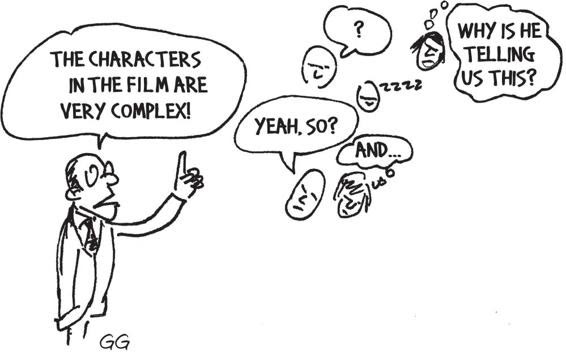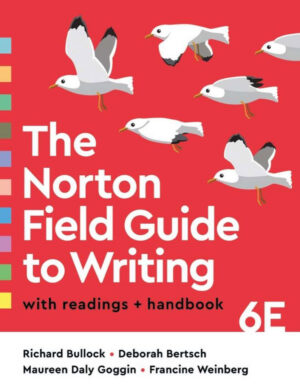They Say / I Say with Readings 5th Edition eBook
by Gerald Graff (Author), Cathy Birkenstein (Author)
ISBN: 9780393538731
Publisher: W. W. Norton & Company; Fifth edition (July 15, 2021)
Language: English


PREFACE TO “They Say / I Say with Readings FIFTH EDITION”
* * * SINCE IT WAS FIRST PUBLISHED over a decade ago, this book has been dedicated to the idea that our own views are most thoughtfully formed in conversation with the views of others, including views that differ from our own. When students work with one of this book’s templates like “They say that __________, and I concede __________. But __________,” they see their beliefs from another side and, in our view, are therefore able to produce more compelling arguments. As the twenty-first century unfolds, however, the increasingly polarized state of our society is making it harder to listen to those who see things differently than we do. With the recent outbreak of the coronavirus pandemic, for instance, those for and against the seemingly simple act of wearing a protective face mask have come to occupy two noncommunicating universes.
The wider such divisions become, the harder it is to find anyone who is willing to seriously consider viewpoints that oppose their own. Too often we either avoid difficult discussions altogether, or we talk only with like-minded people, who often reinforce our preexisting assumptions and insulate us from serious challenge. In this fifth edition of our book, therefore, we continue to emphasize the importance of getting outside our isolated silos and listening to others, even when—especially when—we may not like what we hear. WHAT’S NEW IN THIS EDITION “But as Several Sources Suggest”: Research as Conversation. This new chapter, written with the help of librarian and social scientist Erin Ackerman, focuses on the research essay, as it is traditionally called, and on research writing more broadly. It suggests that the research paper is not just about amassing information, as is often assumed, but also about entering into conversation with other researchers. With a variety of templates and examples from academic writing, the chapter offers advice on such issues as how to craft a good research question (spoiler alert: it’s one that can be debated), how to find relevant sources, how to synthesize sources into a common conversation, and how to locate online sources that are reliable and credible. The chapter concludes with an annotated student essay that shows how the advice we offer might look in a final piece of writing. “What I Really Want to Say Is . . .”: Revising Substantially.
This new chapter takes on one of the more formidable challenges faced by college students: how to move beyond superficial revision and improve a composition in a genuinely substantial way. It presents revision not as a matter of simply correcting spelling or moving a sentence or two but as a process students can use to discover what it is they really want to say. More specifically, the chapter encourages students to reread their writing with an eye to whether, for instance, they have accurately represented their sources, inadvertently contradicted themselves or lost their train of thought, or included “uh-oh” moments, as we refer to them, that are out of step with their larger intentions and aims. New Exercises. Each main chapter (Chapters 1–15) now includes three exercises, which give students an opportunity to apply the chapter’s advice. Instructors can either use these exercises for in-class work or assign them as homework. Many exercises include a short passage for reading and writing practice and also prompt students to join conversations on theysayiblog.com. New Student Writing. This edition now includes three student essays in their entirety that model the moves taught in this book. Written from a variety of disciplinary perspectives and documented in MLA or APA style, these essays complement the chapters on writing in the disciplines. Annotated and shaded in gray, they can be found in the new Chapter 15 and the Readings section





dradamsspell –
Verified Purchase
mammangina –
Verified Purchase
neimanleonard –
Verified Purchase